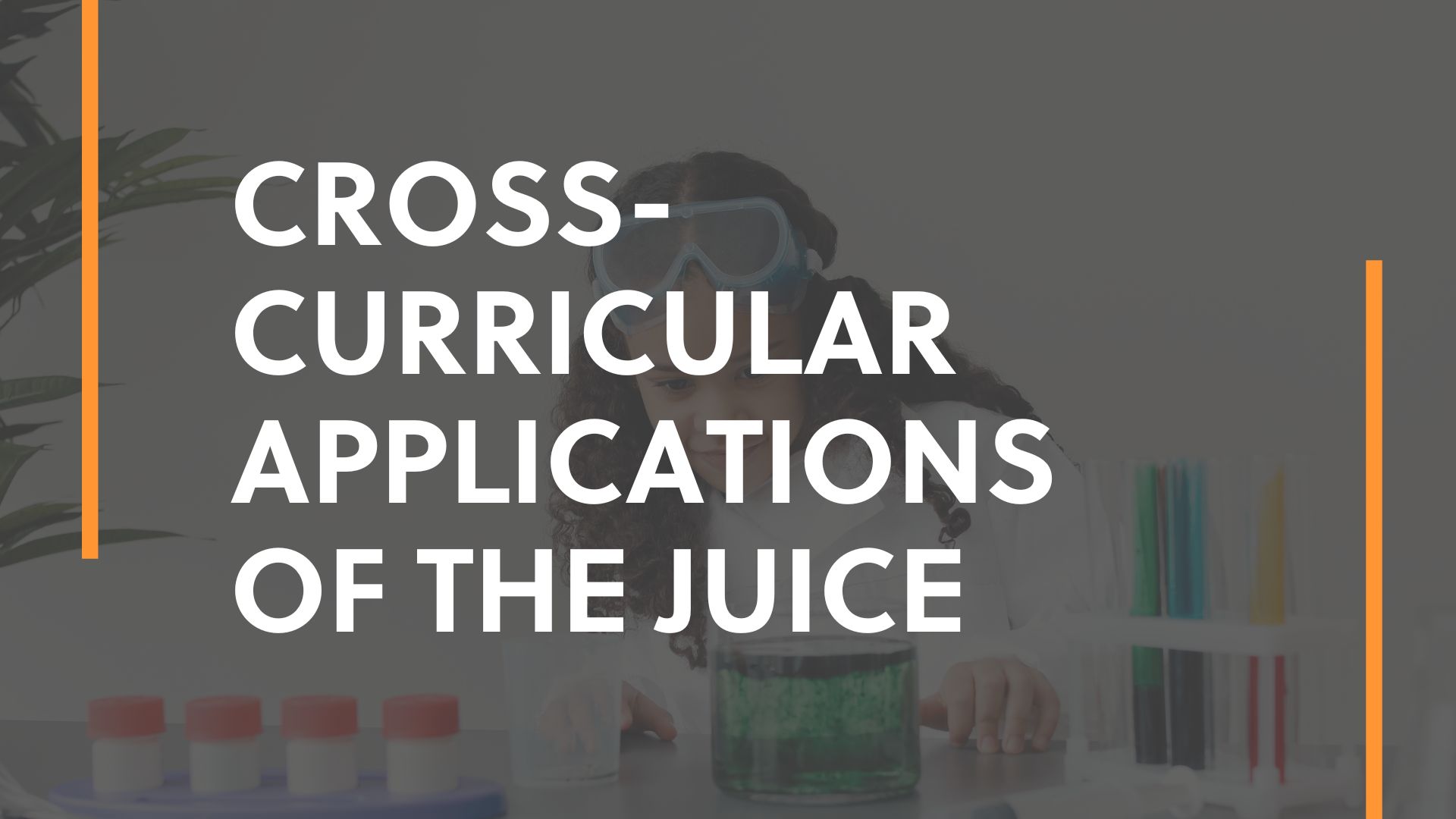How many times do you think a teacher has heard the phrase, “Oh, we learned about this in another class!” from a student? Probably not many times historically, but that’s the goal of cross-curricular teaching. Using informational texts and ELA news articles, teachers of every subject can engage students and improve literacy across schools.
When students learn about the same topic from different angles in various classes, they inevitably get more excited and more curious. That’s why cross-curricular teaching has risen nationwide — it works!
Picture this — an English teacher needs to cover a nonfiction standard in class, but instead of pulling a stuffy text from ten years ago, they grab one from yesterday about a new scientific development in biology. Skip forward to science class, and students walk into class excited to talk to their teacher about what they learned in English. They now have more background knowledge they can use to make connections to their science lesson AND they’re more engaged.
That’s what cross-curricular teaching is all about. Using the same set of cutting-edge informational texts to help students learn ELA, science, history, math, economics, and civics.
Cross-curricular learning has become an essential strategy in our educational landscape. We know students engage better with lessons if they already have some background knowledge on the subject. Interdisciplinary teaching fosters greater student engagement and improved academic performance.
The Juice is at the forefront of this movement, offering a unique blend of EdTech resources designed to make teaching informational literacy to students across subjects both accessible and engaging.
This blog explores how The Juice can be seamlessly integrated into various subjects to enhance learning outcomes.
The Importance of Cross-Curricular Learning
Cross-curricular learning is pivotal in modern education for several reasons.
Curiosity: It maintains student interest by showing how knowledge is interconnected
Engagement: Cross-curricular informational texts increase student engagement
Critical Thinking: ELA news articles boost critical thinking skills by teaching how to analyze informational texts from multiple perspectives
Knowledge-Building: By connecting concepts across science, math, reading, and English, students can see the relevance of what they learn, fostering a deeper understanding and retention of knowledge.
Literacy: Reading comprehension is improved through exposure to diverse types of informational texts, thereby enhancing overall content literacy skills.
Building Nonfiction Literacy Subject By Subject
Social Studies & Civics
The Juice provides rich content that can be used to deepen understanding of social studies and civics. Curated ELA news articles on the platform teach current events and historical contexts, including politics, economics, and global cultures.
Current events for the United States and beyond are tagged with content tags aligned to C3 standards. This makes searching and assigning the latest informational texts for civics and social studies easier than ever.
In addition, daily editions of The Juice incorporate educational infographics. This gives students exposure to analyzing and interpreting data like geographical maps and demographic trends. The Juice’s comprehensive approach to social studies not only enhances civic awareness but also encourages students to draw connections between past events and contemporary issues.
Science
The Juice provides extensive resources for integrating STEM concepts into the curriculum. Students can explore recent technological innovations and their implications through articles on earth and space science, engineering, life science, and physical science.
Articles covering environmental issues encourage students to engage with sustainability and biodiversity topics. Infographics help teach data interpretation skills, which enable students to analyze and understand complex statistics.
Moreover, educators gain access to numerous timely science articles categorized by topic. Adding these articles to science class lesson plans enhances student background knowledge, expands vocabulary, and increases engagement.
English Language Arts (ELA)
ELA classes are supported by The Juice in several ways, including:
- Nonfiction literacy support
- Informational literacy support
- State assessment preparation
The use of differentiated articles at four reading levels accommodates students’ varying reading abilities, building nonfiction literacy skills while also promoting equity in the classroom.
Upon completing an article in The Juice, students are presented with practice questions aligned to the ELA standards of each state. This gives them practice for future benchmarks and state assessments.
Articles are paired with comprehension questions that target
- Descriptions of text structure
- Differences between main idea and theme
- Examples of informational text
- Examples of text structure and text structure types
- Text connection examples
This approach ensures that students develop essential informational text skills in the ELA standards categories of Key Ideas and Details, Craft and Structure, and Integration of Knowledge and Ideas.
Practical Implementation in the Classroom
In light of its cross-curricular learning benefits, we recommend a few ways for educators to seamlessly integrate The Juice into daily informational text lessons.
- Start the day with an ELA news article to spark lively discussions and foster critical thinking.
- Implement cross-curricular projects that leverage The Juice’s rich content to explore diverse topics across subjects and promote interdisciplinary learning.
- Assign articles based on student gaps in understanding.
This approach will also help teachers easily develop nonfiction literacy lesson plans based on the standards in their unit. Furthermore, access to real-time diagnostic data enables personalized learning, which teachers can use to create customized reading assignments tailored to individual students’ reading abilities.
Visit The Juice’s Case Studies page to learn more information about how these strategies have successfully been applied in the classroom. These methods will not only deepen students’ understanding of academic content but also cultivate essential skills for thriving in an interconnected society.


